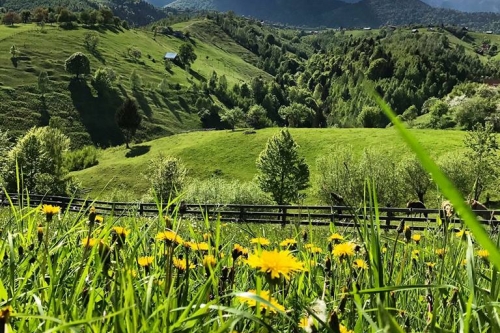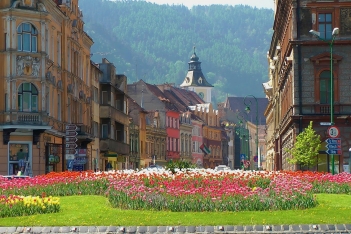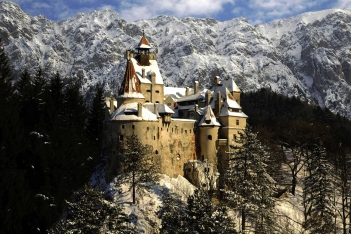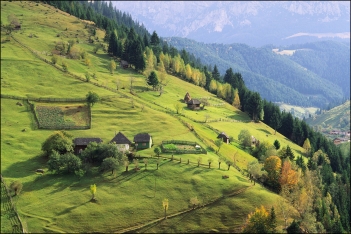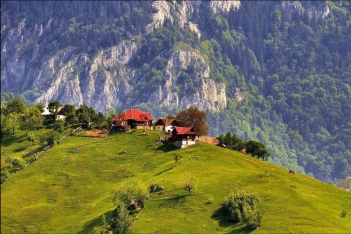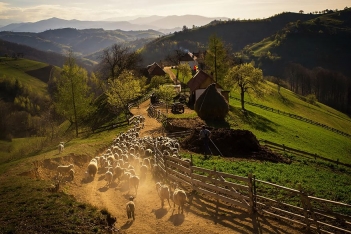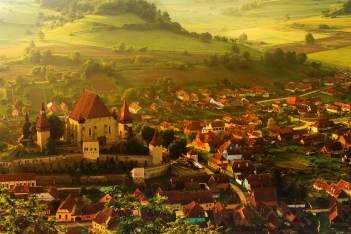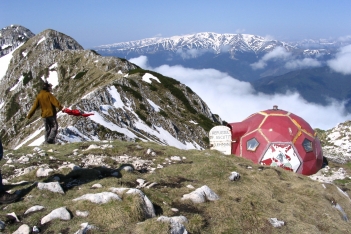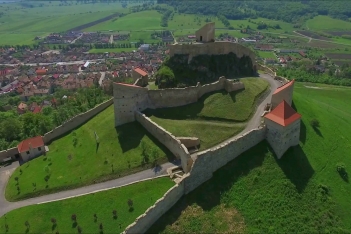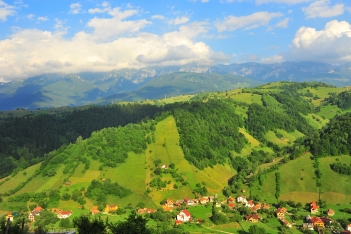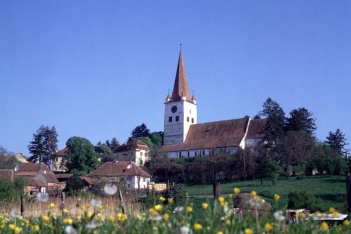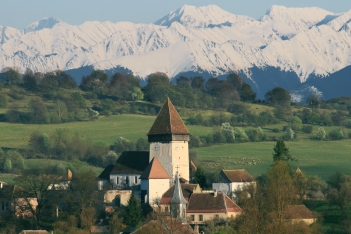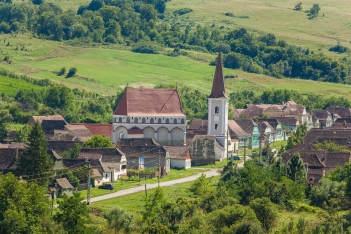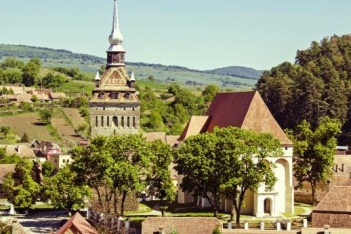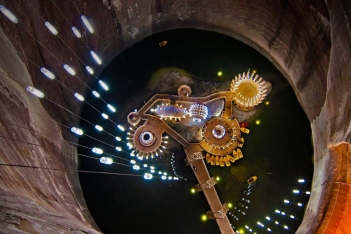Transylvania
Immerse yourself in a forgotten world that you probably believe has ceased to exist in today's Europe. Experience the luxury of simplicity. Immerse yourself into a mix of cultures, nature and history.
Facts & Figures
Transylvania or Transilvania (from Latin – “the land beyond the forest”) is the largest region of Romania and probably the best known one. In Romanian, the region is known as Ardeal and in the English-speaking world it has been commonly associated with vampires
Transylvania is one of the most beautiful natural regions in Europe dotted with picturesque, medieval fortress towns and monasteries. Lively cities with stunning baroque architecture offer modern tourism services at a price far below that of, say, Germany or France. Here you can find some of the most developed cities in Romania, but also old villages where people live as they did a hundred years ago.
Tourist treasures:
- Best-preserved medieval towns
Transylvania is home to some of Europe’s best-preserved medieval towns, most notably Brasov, featuring Old Saxon architecture and citadel ruins; Sibiu with its cobblestone streets and pastel-colored houses, and Sighisoara, adorned with a hilltop citadel, secret passageways and a 14th century clock tower. Tiny shops offer antiques and fine hand-made products by local artisans and artists.
Visitors to Transylvania will also encounter stunning castles such Bran, near Brasov, - a Gothic fairy-tale structure, often associated with 15th century Walachian Prince Vlad Tepes, the inspiration for Bram Stoker’s Dracula. While the connection with Vlad is tenuous, the deep bond of local villagers with the legend is not.
- Multi-ethnic heritage
Transylvania’s multi-ethnic heritage (including German and Hungarian ) is delightfully apparent in the folk costumes, architecture, cuisine, music and festivals.
All over Transylvania the cohabitation of Romanians, Hungarians, Saxons and Roma is the leading theme.
This region is a place with abundant history and multicultural convergence. But for the more curious traveler, there are many small villages with old houses and fortified churches.
Time to spend
Minimum 7 days.
Transylvania is absolutely enormous and very rich in myth and misty medieval sites: there about 100 castles and fortresses and about 70 fortified churches. Romania's greatest and best preserved castles and fortresses are to be found here.
Area
The regions granted to Romania in 1920 covered 23 counties including nearly 102,200 km2 (39,460 sq mi) (102,787–103,093 km² in Hungarian sources and 102,200 km² in contemporary Romanian documents). Nowadays, due to the several administrative reorganisations, the territory covers 16 counties (Romanian: judeţ), with an area of 99,837 km2 (38,547 sq mi), in central and northwest Romania.
The 16 counties are: Alba, Arad, Bihor, Bistriţa-Năsăud, Brașov, Caraș-Severin, Cluj, Covasna, Harghita, Hunedoara, Maramureș, Mureș, Sălaj, Satu Mare, Sibiu, and Timiș.
Altitude
The highest point in Transylvania, Mount Moldoveanu (8,346 feet [2,544 metres]), is in the Făgăraş Range, southeast of the city of Sibiu. The total length is about 155 miles (250 km).
Climate
Transylvania is a round year touristic area, but the best months to visit are between April til October.
Transylvania has a temperate continental climate throughout with four distinct seasons. The average annual temperature is about 52 degrees Fahrenheit in the south, while it is about 46 degrees Fahrenheit in the north.
The summers are generally hot; however, the temperature can drop during the night, so pack a warm jumper. In the winter, warm, waterproof clothing and boots is a must, especially for those wishing to leave the fireside and venture forth into the forest!

